Understanding Interior Paneling
What is Interior Paneling?
Interior paneling is a versatile and aesthetic element used in the design of indoor spaces. It refers to any material attached to walls for decoration, insulation, or soundproofing purposes. Interior paneling can range from traditional wood planks to modern composite materials, catering to various architectural tastes and functional needs. The purpose of interior paneling is not only to beautify a space but also to enhance its functionality. Homeowners and designers are increasingly opting for these solutions to create unique and personalized environments.
Benefits of Interior Paneling
The advantages of utilizing interior paneling are abundant. First and foremost, it offers significant thermal insulation, keeping spaces warmer in winter and cooler in summer. This contributes to energy efficiency, thereby lowering heating and cooling costs. Additionally, interior paneling can enhance acoustics in a room, making it ideal for home theaters, music studios, or busy family living areas.
Besides practicality, it serves an aesthetic purpose. Different materials and designs can evoke various moods and styles, whether contemporary, classic, or rustic. Paneling is also relatively easy to maintain and can conceal minor imperfections on walls, making it a popular choice for renovations. Furthermore, with the rise of sustainable materials, interior paneling can also be an eco-friendly option, aligning with modern sustainable building practices.
Common Materials Used
Various materials are available for interior paneling, each with distinct characteristics that cater to different design needs. The most common materials include:
- Wood: Offers warmth and a classic feel. It’s available in numerous species, finishes, and styles, making it highly adaptable.
- Vinyl: A more affordable and low-maintenance option, vinyl paneling mimics the look of wood without the upkeep. It’s often selected for high-moisture areas like bathrooms.
- Composite Materials: Engineered woods combine various fibers and resins. They’re designed to resist warping and provide more durability than natural wood.
- Gypsum Board: Often painted or covered with wallpaper, gypsum board paneling is a budget-friendly option that isn’t usually as aesthetically pleasing as wood or vinyl.
- Acoustic Panels: These specialized panels, often made of foam or similar materials, are designed to absorb sound and reduce noise levels in a space.
Types of Interior Paneling Options
Wood Paneling
Wood paneling remains one of the most popular choices for interior spaces. It offers timeless beauty and intrinsic texture that can soften a room’s ambiance. Finishes can vary from unfinished for a rustic feel to polished for a more sophisticated look. Wood paneling can be installed in various styles, including tongue-and-groove, shiplap, or as flat panels, allowing homeowners and designers to create custom designs tailored to the space’s character.
Another advantage of wood paneling is its versatility in stain and paint options. You can seamlessly integrate wood paneling into any decor style, whether traditional, modern, or transitional. It’s also a renewable resource when sourced responsibly, thus appealing to environmentally conscious individuals.
Vinyl Paneling
For those seeking a budget-friendly and low-maintenance alternative to wood, vinyl paneling is an excellent option. Vinyl is resistant to fading, scratching, and moisture, making it especially suitable for high-traffic or high-moisture areas like kitchens and bathrooms. The advancements in vinyl technology have made it possible to mimic the look of natural wood grain or stone, providing aesthetic appeal without the associated upkeep.
Moreover, vinyl paneling is easy to clean, requiring only a damp cloth to maintain its appearance. Available in numerous textures and colors, vinyl offers a plethora of design possibilities, appealing to homeowners with varying tastes and needs.
Acoustic Slat Wall Panels
Acoustic slat wall panels are a modern solution that integrates sound absorption with attractive aesthetics. These panels are typically made from wood or composite materials, designed to reduce noise without sacrificing style. The slats create an appealing visual pattern while providing effective sound control, making them particularly beneficial in spaces like conference rooms, music studios, or open-plan living areas.
Beyond their acoustic properties, these panels can also contribute to a room’s overall design theme. The sleek lines and geometric shapes enhance visual interest and can serve as a focal point within a room. Additionally, acoustic slat wall panels come in various finishes and colors, allowing for customization that complements the existing decor.
Interior Paneling Design Ideas
Modern Styles
Modern design emphasizes minimalism and clean lines. To achieve this in your space, consider selecting interior paneling that features sleek finishes and neutral colors. Horizontal shiplap in monochromatic tones can create a streamlined appearance, integrating beautifully into modern kitchens or living rooms. Pairing these panels with minimalist furniture can enhance the open, uncluttered feeling that modern styles strive for.
Accent walls using bold designs, such as geometric patterns in bright colors or rich textures, can create a striking visual effect and act as conversation starters. Additionally, the strategic use of lighting, such as wall sconces or recessed lighting, can highlight the beauty of your paneling while amplifying the overall effect of modern interior design.
Rustic Looks
For those drawn to the charm of rustic aesthetics, wood paneling offers an instant connection to nature and warmth. Reclaimed wood or distressed finishes can bring authenticity to a space, making it feel inviting and homey. Knotty pine or cedar can be great choices to incorporate a rustic vibe effectively.
Mixing wood paneling with other textural elements, such as stone, creates a balanced, harmonious look. You can further enhance this design by including rustic furniture pieces, such as those with wrought iron or heavy leather accents. This creates a cohesive theme that celebrates authenticity and craftsmanship.
Eco-Friendly Choices
As environmental consciousness grows, so does the interest in eco-friendly materials for interior paneling. Sustainable wood sources, such as bamboo or reclaimed timber, offer great alternatives to traditional options. These materials not only minimize environmental impact but often come with unique stories and character that enhance the charm of a space.
Additionally, there are composite materials available that utilize recycled components, reducing waste and conserving resources. Choose low-VOC paints and finishes to further support air quality and sustainability standards. By thoughtfully selecting eco-friendly paneling options, you create a home that reflects both style and values.
Installation Tips for Interior Paneling
Preparing Your Space
Proper preparation is essential before installing any interior paneling. Begin by evaluating the walls where you plan to install panels; they need to be clean, dry, and free of defects. Repair any surface imperfections, such as holes or cracks, and ensure that the underlying structures, like studs or drywall, are in good shape. If you are working with a damaged wall, the answer could involve installing a new layer of drywall to create a smooth base for your panels.
Next, consider the layout and design of your paneling. Plan how the panels will be arranged, including any necessary cuts or adjustments needed to accommodate outlets, switches, or corners. It’s advisable to use a level or chalk line to ensure that the panels are installed straight, which is crucial for aesthetics.
DIY vs. Professional Installation
When deciding between DIY installation or hiring a professional, assess your comfort level, skill set, and the complexity of the project. For straightforward paneling systems like tongue-and-groove wood or panels designed for easy installation, many homeowners can confidently tackle the project themselves, especially if they have basic carpentry skills. There are numerous resources available online, including videos and step-by-step guides, that can facilitate DIY installation.
However, if your project involves intricate designs, high ceilings, or bespoke installations, it may be wise to engage a professional. Their expertise can ensure that the job is done correctly and efficiently, saving you time and potential frustration. Invest in professionals when it’s crucial for achieving a high-quality finish.
Essential Tools and Materials
Having the right tools and materials is vital for a successful installation. Essentials include a measuring tape, level, chalk line, straight edge, saw (or miter saw for angled cuts), hammer or nail gun, and adhesive. Depending on the material of the panels, you may also need screws specifically designed for that material.
Don’t forget to have protective gear on hand, such as safety goggles, a mask for dust protection, and knee pads for comfort. Planning ahead and ensuring you have everything needed before starting the project can prevent interruptions and streamline the installation process.
Maintaining Your Interior Paneling
Cleaning Techniques
Regular cleaning is essential to keep your interior paneling looking pristine. Generally, dust and light dirt can be removed with a dry microfiber cloth. For more persistent stains or marks, a damp cloth with mild soap is often sufficient. Always conduct a small patch test on an inconspicuous area before applying any cleaning solutions to ensure that it won’t damage the finish.
For wood paneling, consider using specific wood cleaners or oils to maintain its sheen and protect it from environmental factors. Avoid using abrasive cleaners that can scratch surfaces, especially with softer materials, such as vinyl.
Repairing Damaged Panels
Despite the durability of modern paneling materials, wear and tear can occur over time. Minor scratches or dents on wood surfaces can often be repaired with touch-up markers or wood fillers. For deeper gouges, sanding down the affected area and reapplying the finish can restore the panel’s appearance.
In the case of vinyl, most brands offer repair kits designed specifically for scratches or punctures. For larger damaged areas, it may be more practical to replace that section of paneling entirely. Proper maintenance can prolong the life of your paneling, saving money and resources in the long run.
Long-term Care Tips
Long-term care for your interior paneling revolves around preventive maintenance and occasional inspections. Regularly check for signs of damage or wear, especially in areas prone to high moisture or usage. Keeping humidity levels consistent can aid in preventing warping or mold growth, which is particularly critical for wood paneling.
Additionally, consider the application of protective coatings or sealants to enhance the longevity of the materials used. These relevant treatments can safeguard against fading, common wear, and environmental damages, ensuring that your investment maintains its beauty and function for years to come.
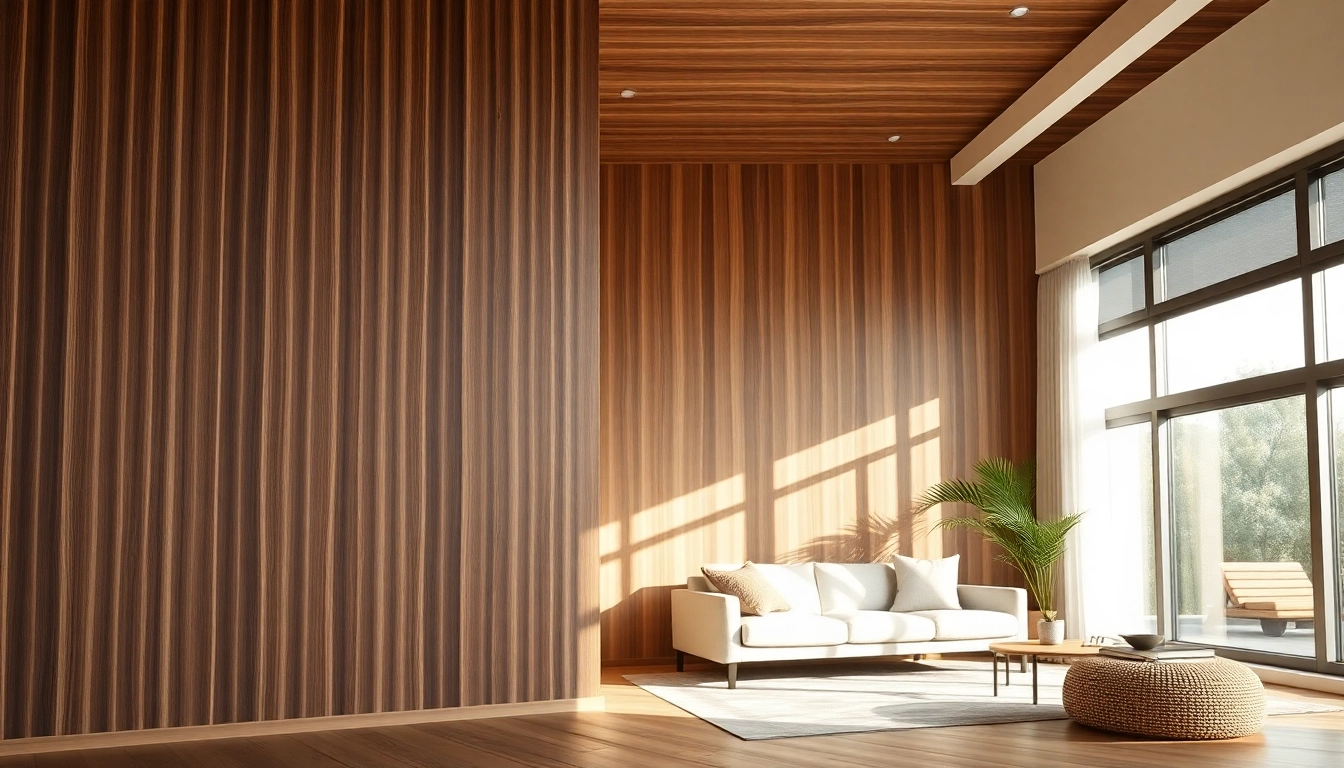
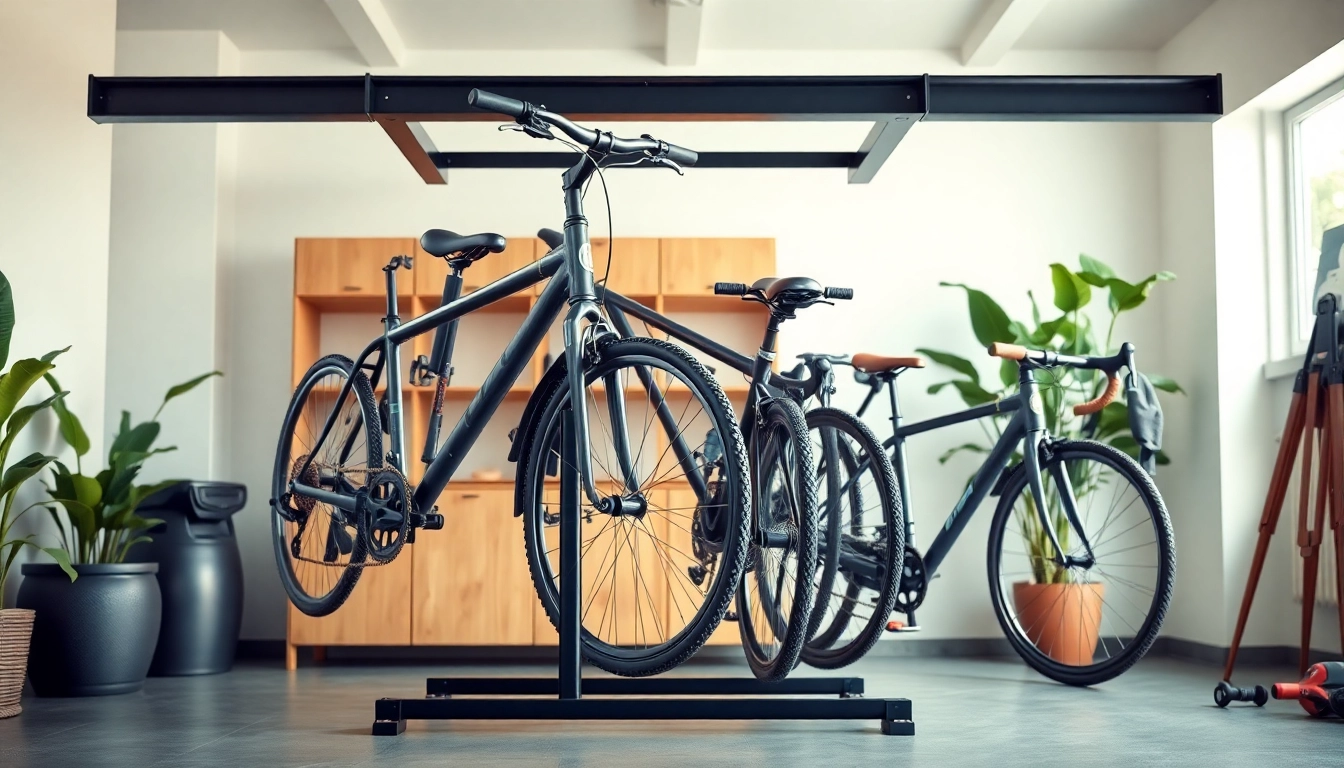
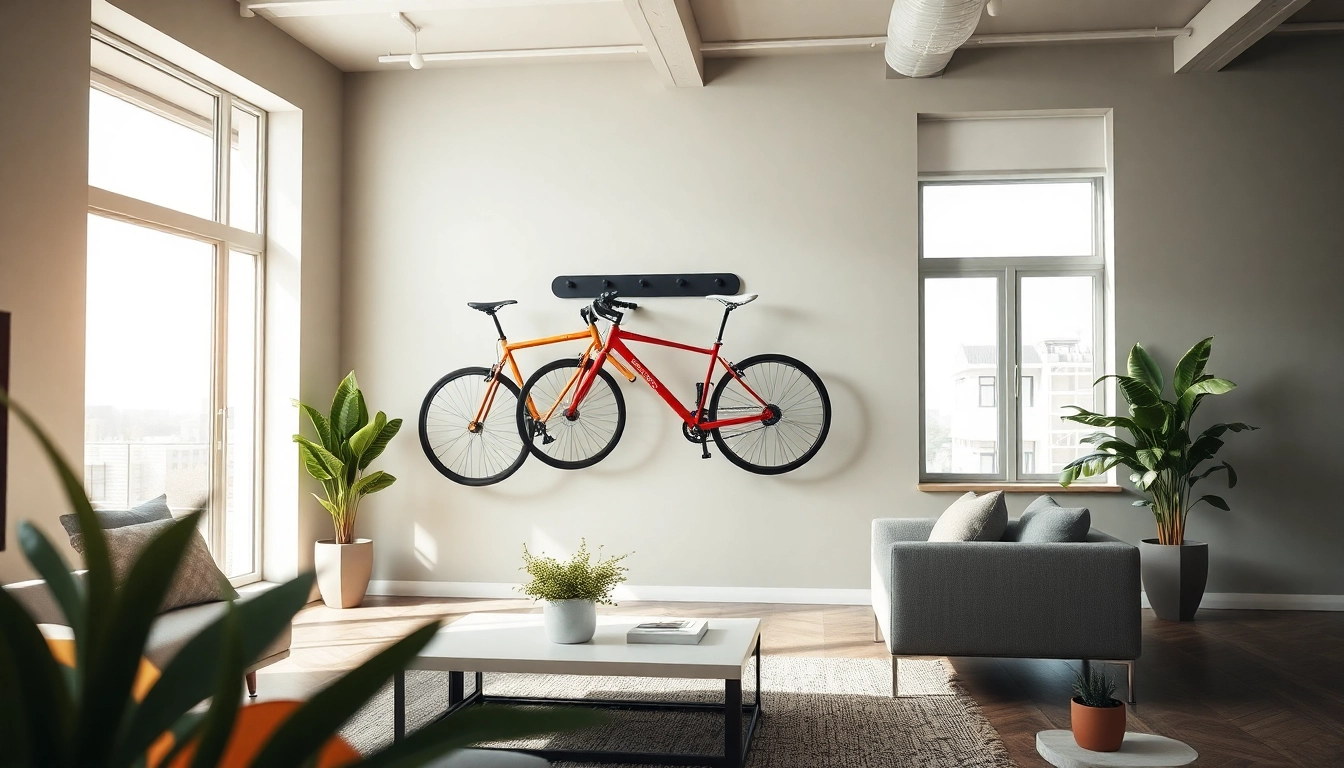
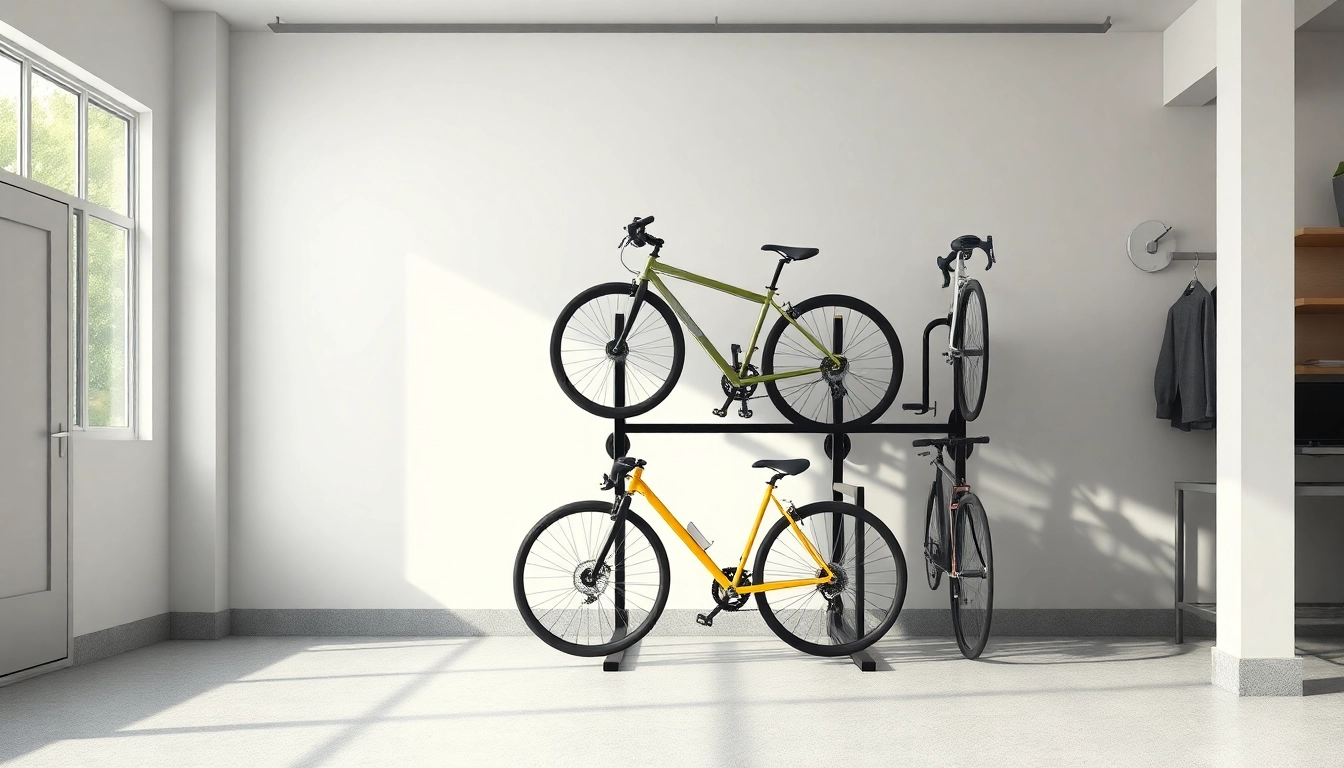
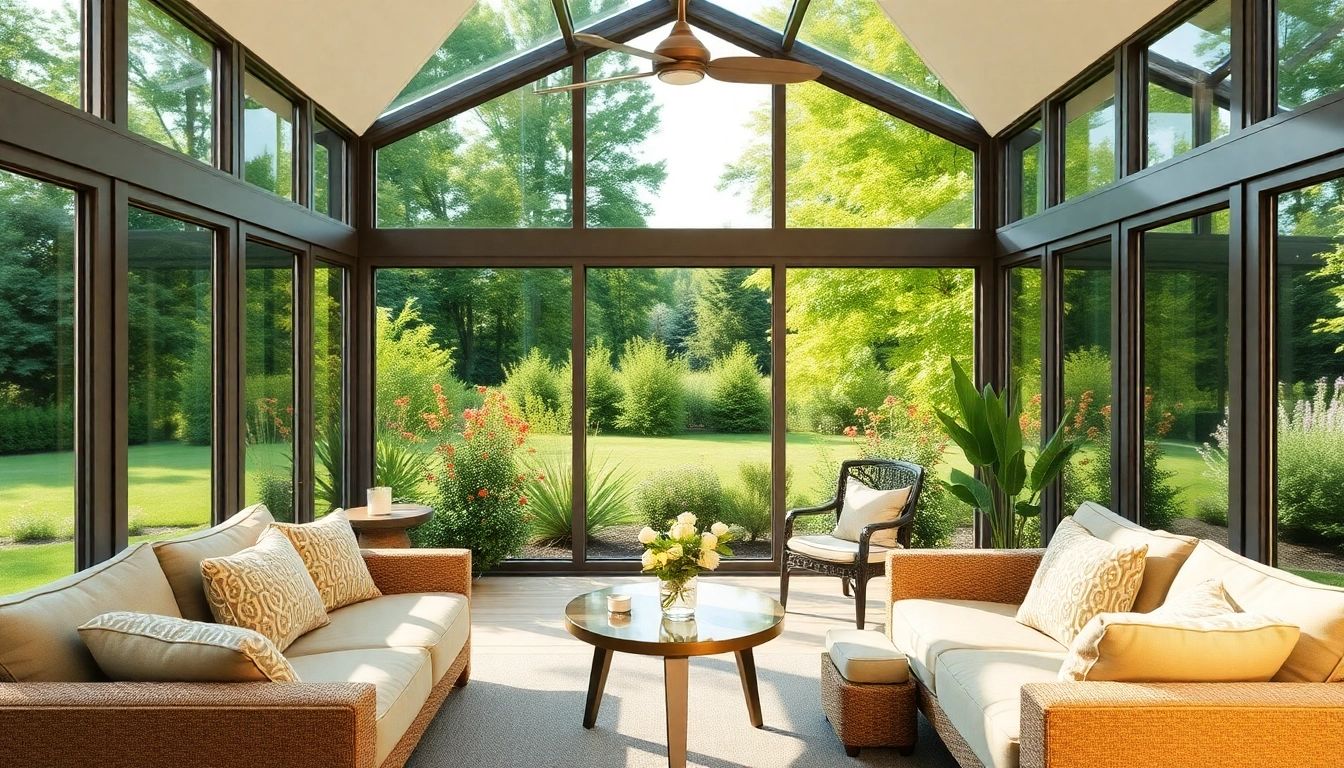


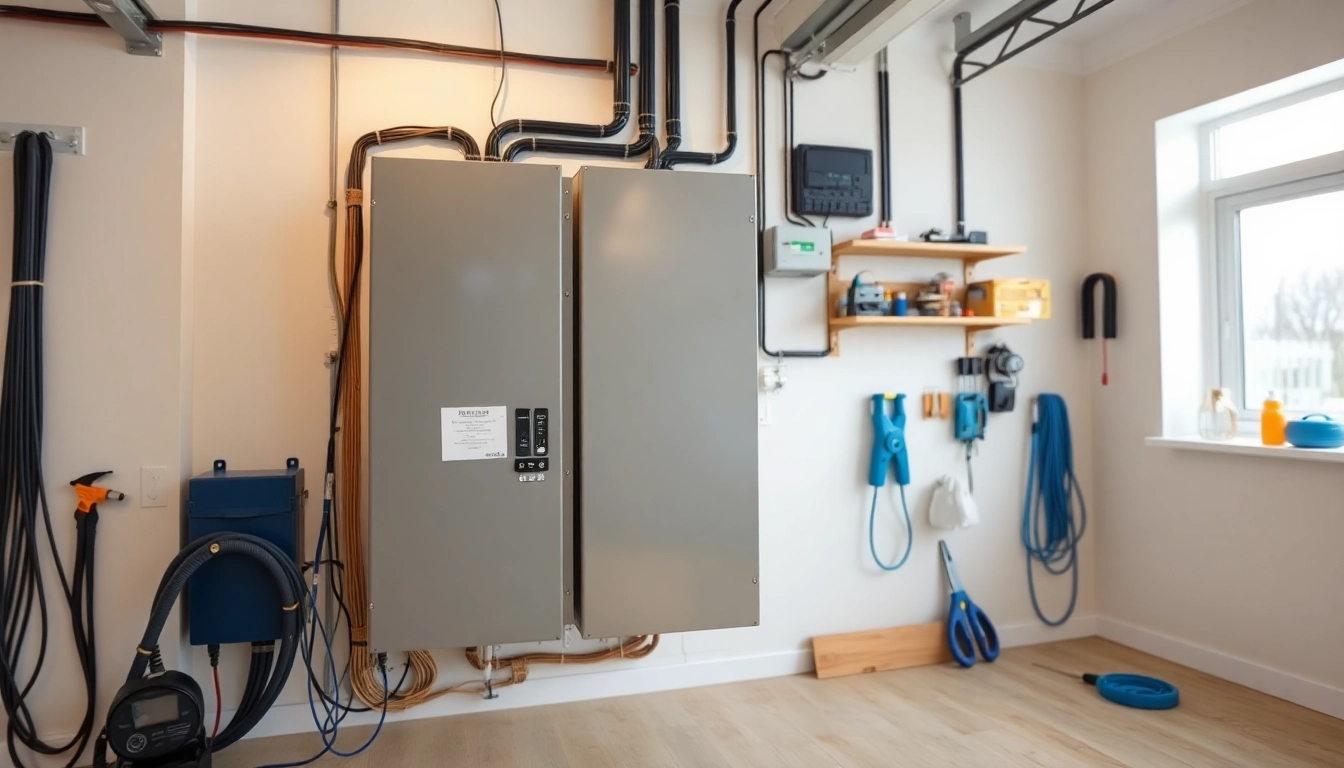
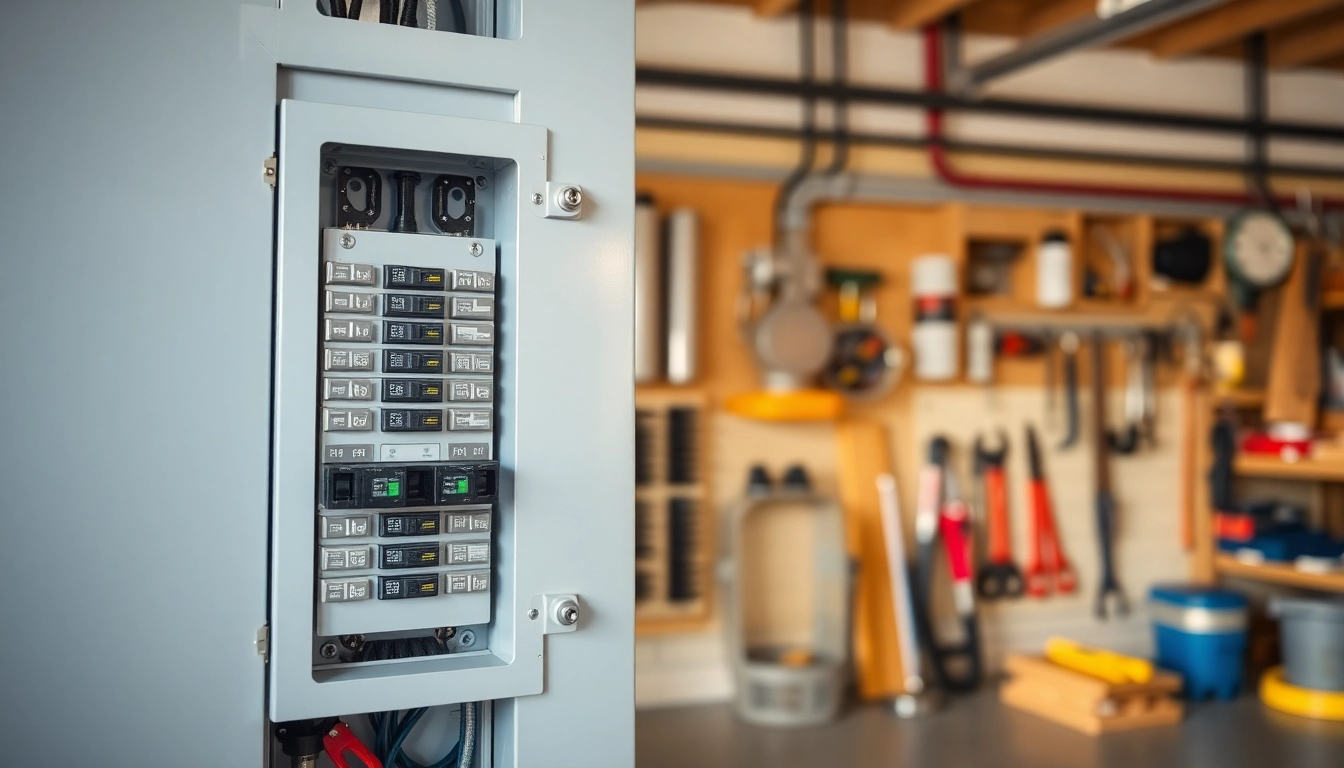
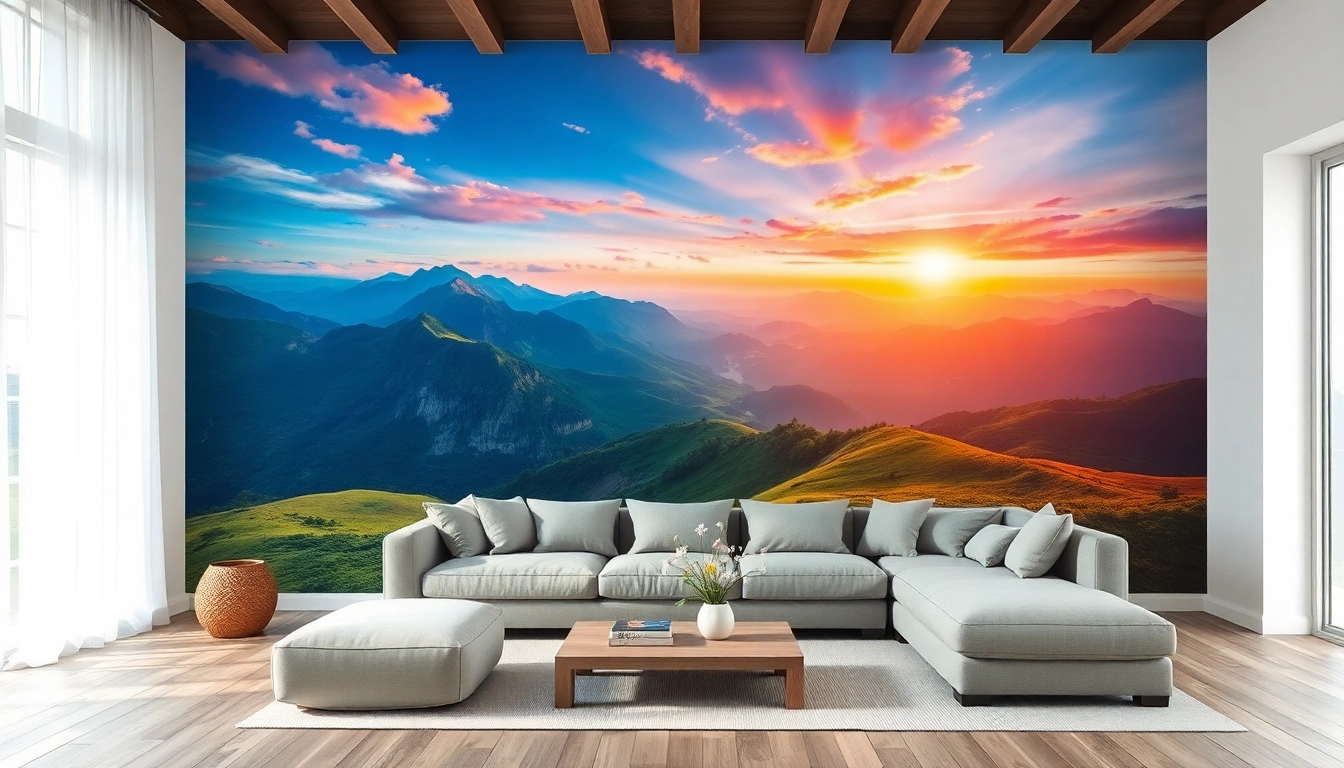
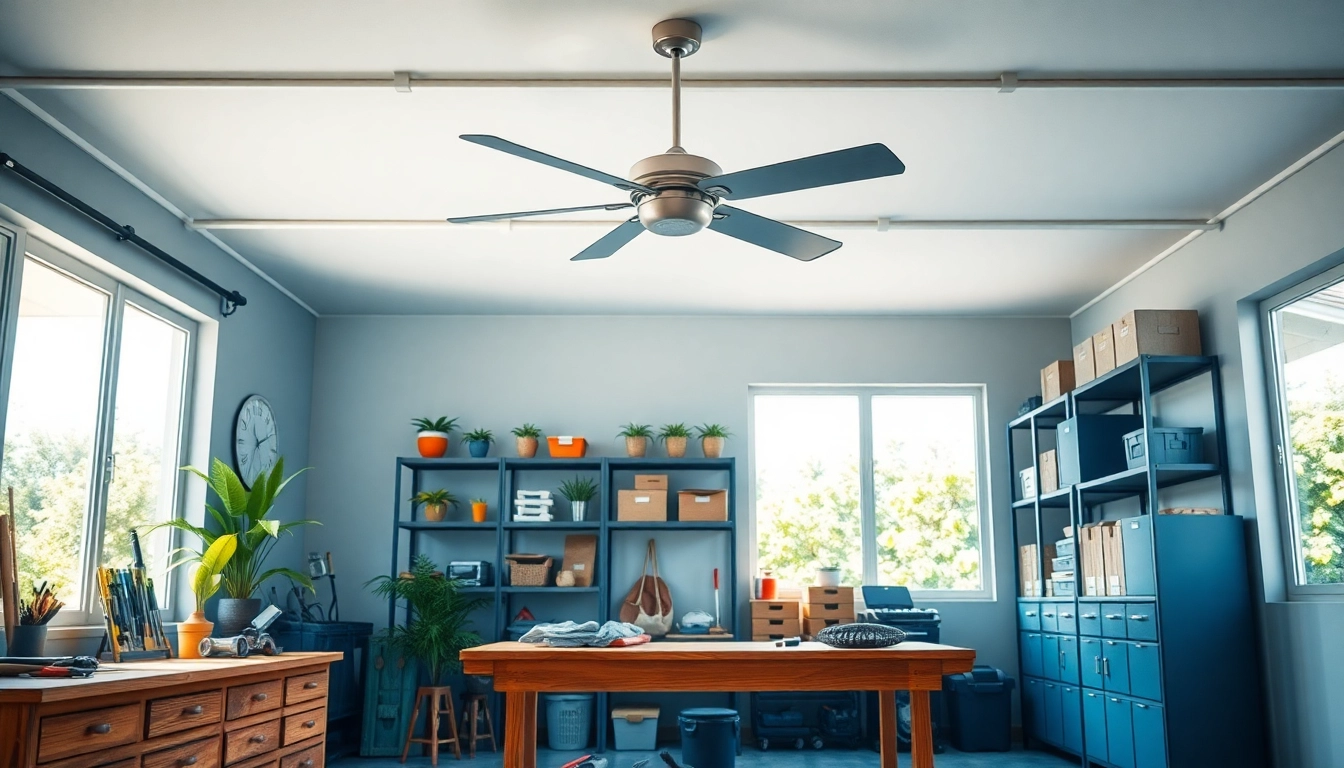
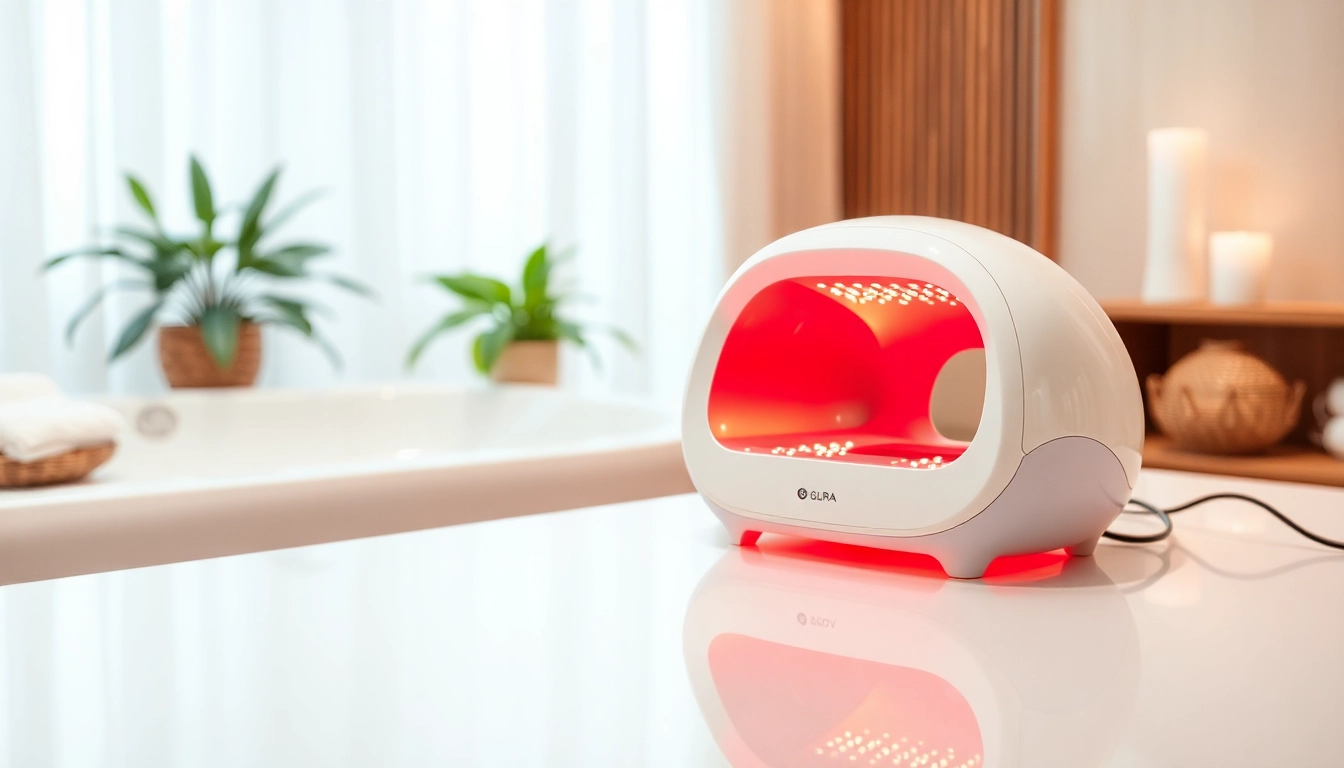



Leave a Reply